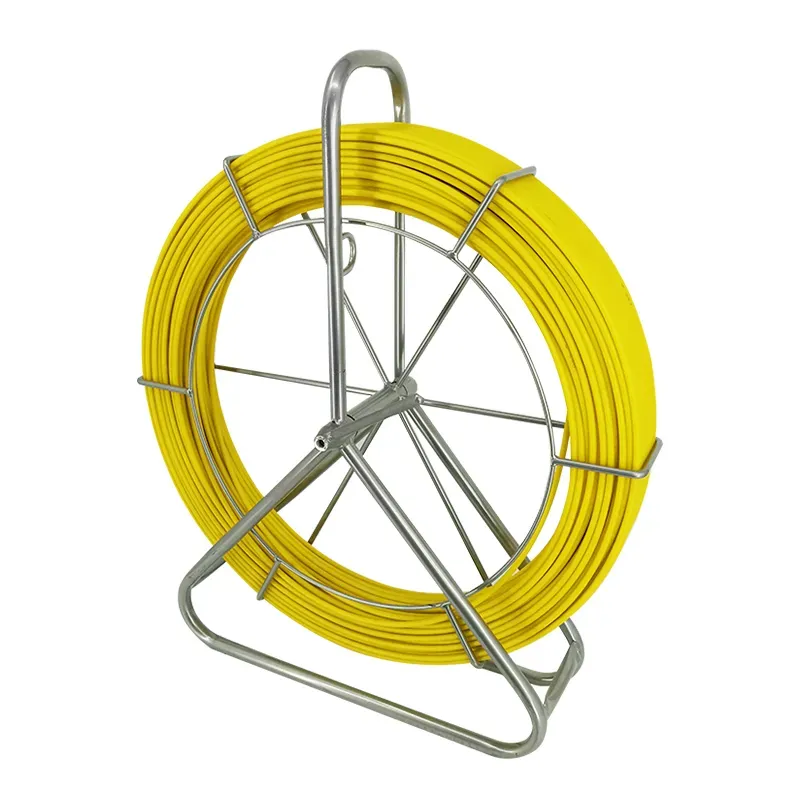
-
 Afrikaans
Afrikaans -
 Albanian
Albanian -
 Amharic
Amharic -
 Arabic
Arabic -
 Armenian
Armenian -
 Azerbaijani
Azerbaijani -
 Basque
Basque -
 Belarusian
Belarusian -
 Bengali
Bengali -
 Bosnian
Bosnian -
 Bulgarian
Bulgarian -
 Catalan
Catalan -
 Cebuano
Cebuano -
 Corsican
Corsican -
 Croatian
Croatian -
 Czech
Czech -
 Danish
Danish -
 Dutch
Dutch -
 English
English -
 Esperanto
Esperanto -
 Estonian
Estonian -
 Finnish
Finnish -
 French
French -
 Frisian
Frisian -
 Galician
Galician -
 Georgian
Georgian -
 German
German -
 Greek
Greek -
 Gujarati
Gujarati -
 Haitian Creole
Haitian Creole -
 hausa
hausa -
 hawaiian
hawaiian -
 Hebrew
Hebrew -
 Hindi
Hindi -
 Miao
Miao -
 Hungarian
Hungarian -
 Icelandic
Icelandic -
 igbo
igbo -
 Indonesian
Indonesian -
 irish
irish -
 Italian
Italian -
 Japanese
Japanese -
 Javanese
Javanese -
 Kannada
Kannada -
 kazakh
kazakh -
 Khmer
Khmer -
 Rwandese
Rwandese -
 Korean
Korean -
 Kurdish
Kurdish -
 Kyrgyz
Kyrgyz -
 Lao
Lao -
 Latin
Latin -
 Latvian
Latvian -
 Lithuanian
Lithuanian -
 Luxembourgish
Luxembourgish -
 Macedonian
Macedonian -
 Malgashi
Malgashi -
 Malay
Malay -
 Malayalam
Malayalam -
 Maltese
Maltese -
 Maori
Maori -
 Marathi
Marathi -
 Mongolian
Mongolian -
 Myanmar
Myanmar -
 Nepali
Nepali -
 Norwegian
Norwegian -
 Norwegian
Norwegian -
 Occitan
Occitan -
 Pashto
Pashto -
 Persian
Persian -
 Polish
Polish -
 Portuguese
Portuguese -
 Punjabi
Punjabi -
 Romanian
Romanian -
 Russian
Russian -
 Samoan
Samoan -
 Scottish Gaelic
Scottish Gaelic -
 Serbian
Serbian -
 Sesotho
Sesotho -
 Shona
Shona -
 Sindhi
Sindhi -
 Sinhala
Sinhala -
 Slovak
Slovak -
 Slovenian
Slovenian -
 Somali
Somali -
 Spanish
Spanish -
 Sundanese
Sundanese -
 Swahili
Swahili -
 Swedish
Swedish -
 Tagalog
Tagalog -
 Tajik
Tajik -
 Tamil
Tamil -
 Tatar
Tatar -
 Telugu
Telugu -
 Thai
Thai -
 Turkish
Turkish -
 Turkmen
Turkmen -
 Ukrainian
Ukrainian -
 Urdu
Urdu -
 Uighur
Uighur -
 Uzbek
Uzbek -
 Vietnamese
Vietnamese -
 Welsh
Welsh -
 Bantu
Bantu -
 Yiddish
Yiddish -
 Yoruba
Yoruba -
 Zulu
Zulu


Noy . 06, 2024 23:20 Back to list
router cutters
Understanding Router Cutters Essential Tools for Woodworking
Router cutters, also known as router bits, are fundamental tools in the world of woodworking that allow craftsmen to shape, mold, and create intricate designs in various materials, particularly wood. With a wide range of profiles, sizes, and designs available, router cutters provide versatility and precision that are essential for both amateur and professional woodworkers.
Types of Router Cutters
Router cutters come in numerous types, each designed for specific applications. The most common types include straight bits, spiral bits, flush trim bits, and decorative bits.
1. Straight Bits Used for making straight cuts, these are perhaps the most fundamental type of router cutter. They are ideal for grooving and dado cuts, which are essential for creating joints. 2. Spiral Bits These cutters feature a spiral edge that allows for smooth and efficient cutting. Spiral bits are particularly popular for CNC (Computer Numeric Control) machines and are used for both plunge cutting and profile cutting.
3. Flush Trim Bits Designed to trim edges flush with the surface of the material, flush trim bits have a bearing that guides the cutter along the edge of a template or another piece of wood.
4. Decorative Bits These bits include profile and edging bits, which allow woodworkers to add decorative edges to furniture, cabinetry, and various projects. They come in many profiles, including ogee, cove, and bevel.
Material Considerations
router cutters

Router cutters are typically made from high-speed steel (HSS) or carbide-tipped metals. HSS bits are less expensive but may dull more quickly than carbide-tipped bits. Carbide tips, while more expensive, offer superior durability and longevity, making them the preferred choice for heavy-duty applications.
Choosing the Right Router Cutter
When selecting router cutters, it is crucial to consider the material being worked on, the desired finish, and the specific application. For hardwoods, higher-quality, carbide-tipped bits are recommended to ensure a clean cut without burning the wood. For softer woods and more casual projects, HSS bits might suffice.
Another factor to consider is the cutter’s diameter and shank size. Larger diameter bits remove more material at once but may require more power and control. Shank sizes (usually 1/4 inch or 1/2 inch) should match the router you are using, as using an incompatible shank can lead to safety issues and subpar results.
Maintenance and Care
Proper maintenance of router cutters is essential for their longevity and performance. After use, bits should be cleaned to remove resin buildup, and they should be stored in a safe place to avoid dulling. Regular inspection for wear and chipping is also advisable, as damaged bits can lead to poor cutting performance and dangerous situations.
Conclusion
Router cutters are indispensable tools in woodworking, offering flexibility and precision. Understanding the different types, materials, and care practices associated with router bits can greatly enhance the quality of woodworking projects. Whether you’re a hobbyist or a professional, having the right router cutters in your arsenal can elevate your craftsmanship and allow you to bring your creative visions to life.
Latest news
What Are Construction Tools and How Are They Used?
NewsJul.11,2025
Professional-Grade Duct Rodding Tools for Superior Cable Installation
NewsJul.11,2025
Enhancing Safety and Efficiency with Modern Hot Stick Solutions
NewsJul.11,2025
Empowering Cable Installation with Advanced Rodder Solutions
NewsJul.11,2025
Elevate Your Cable Installation Projects with Cable Pulling Tools
NewsJul.11,2025
Efficient Cable Handling Solutions: Cable Rollers for Sale
NewsJul.11,2025











